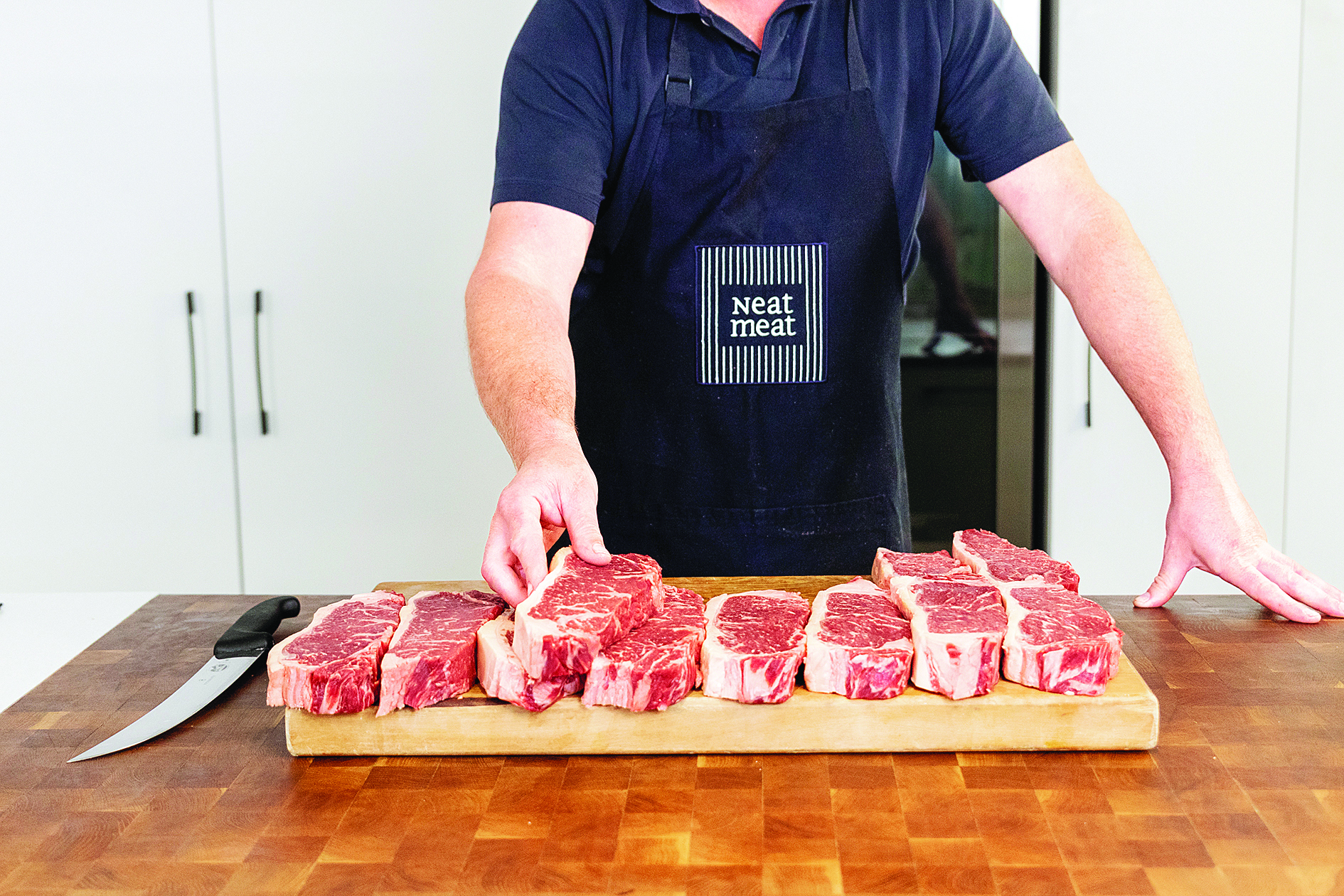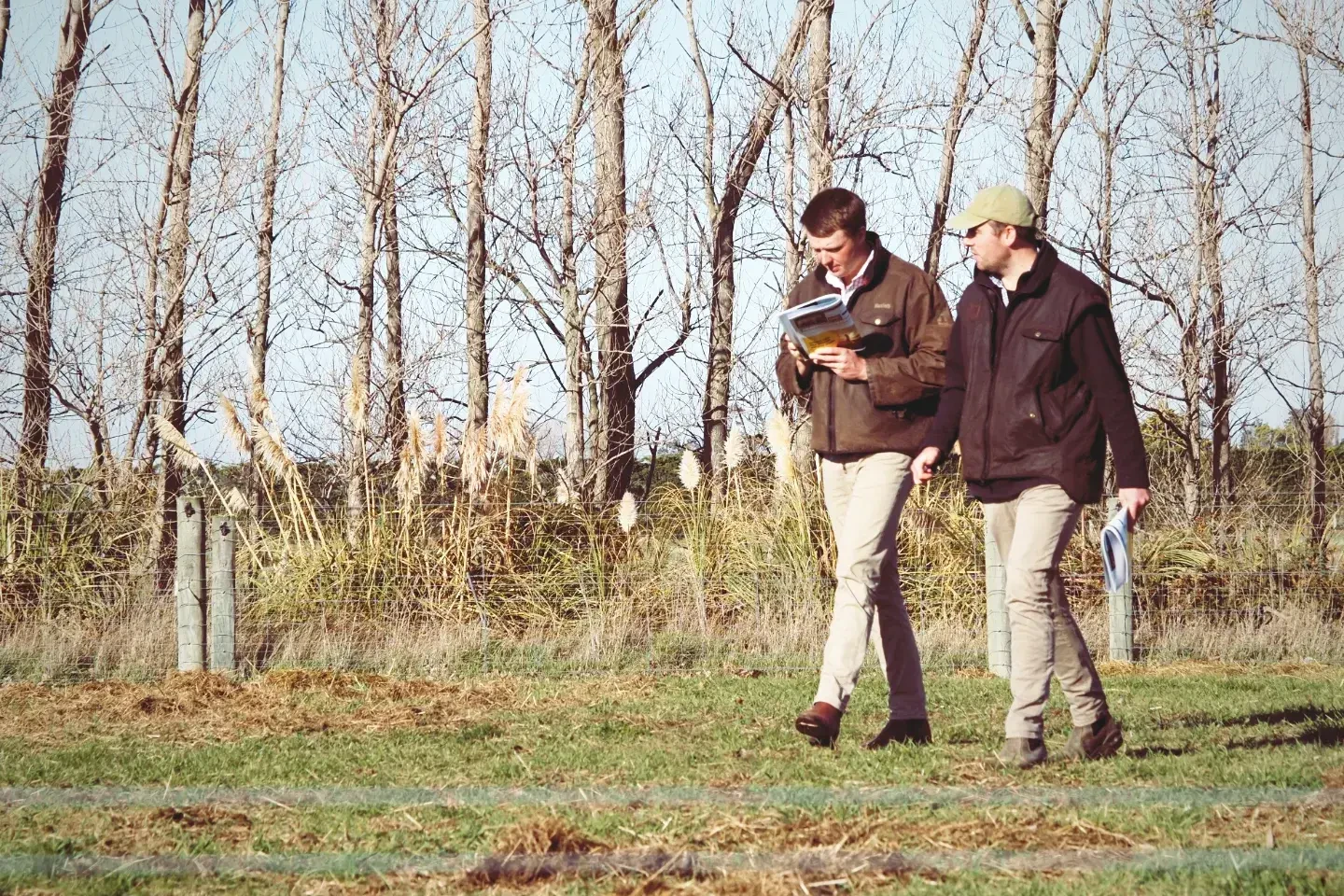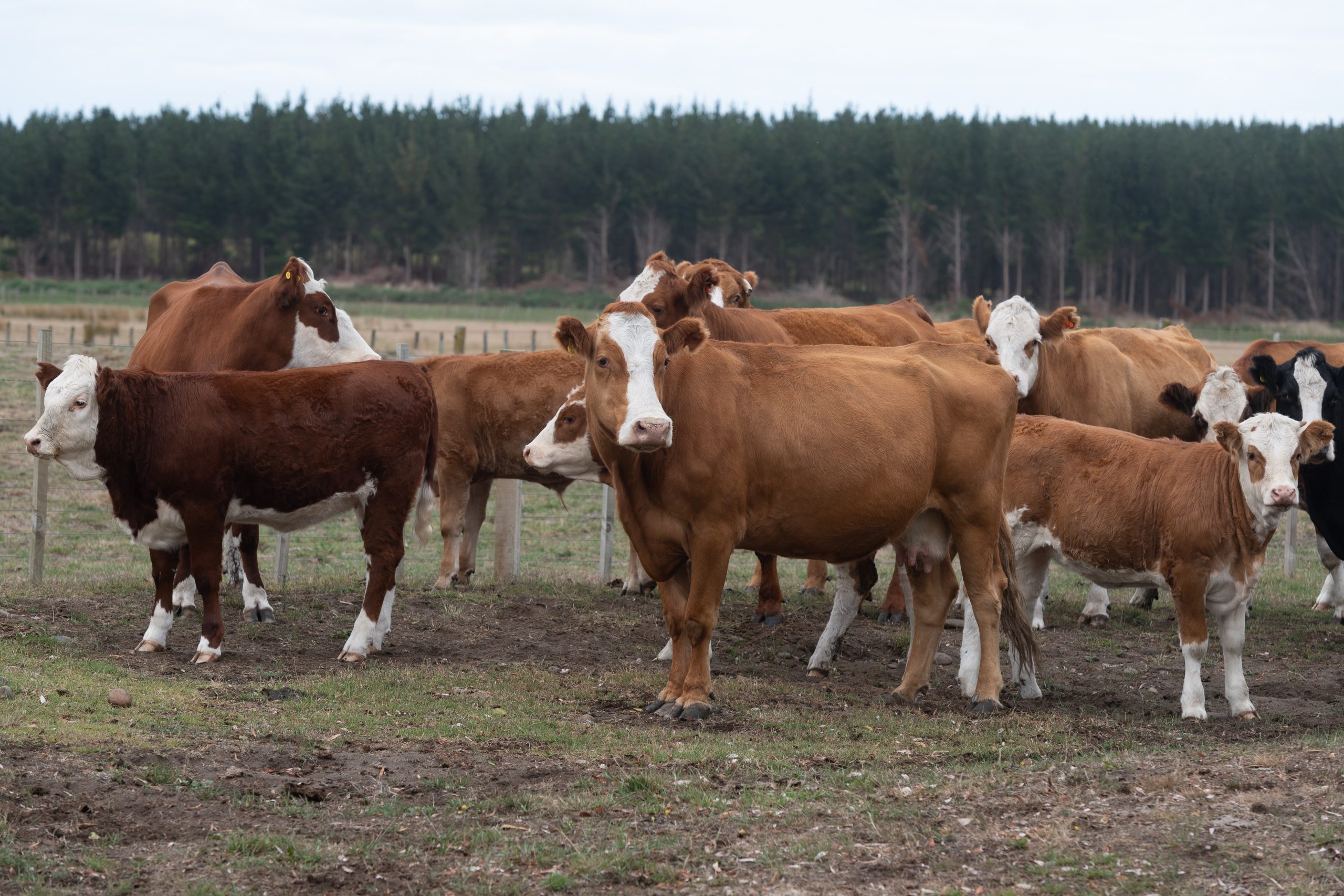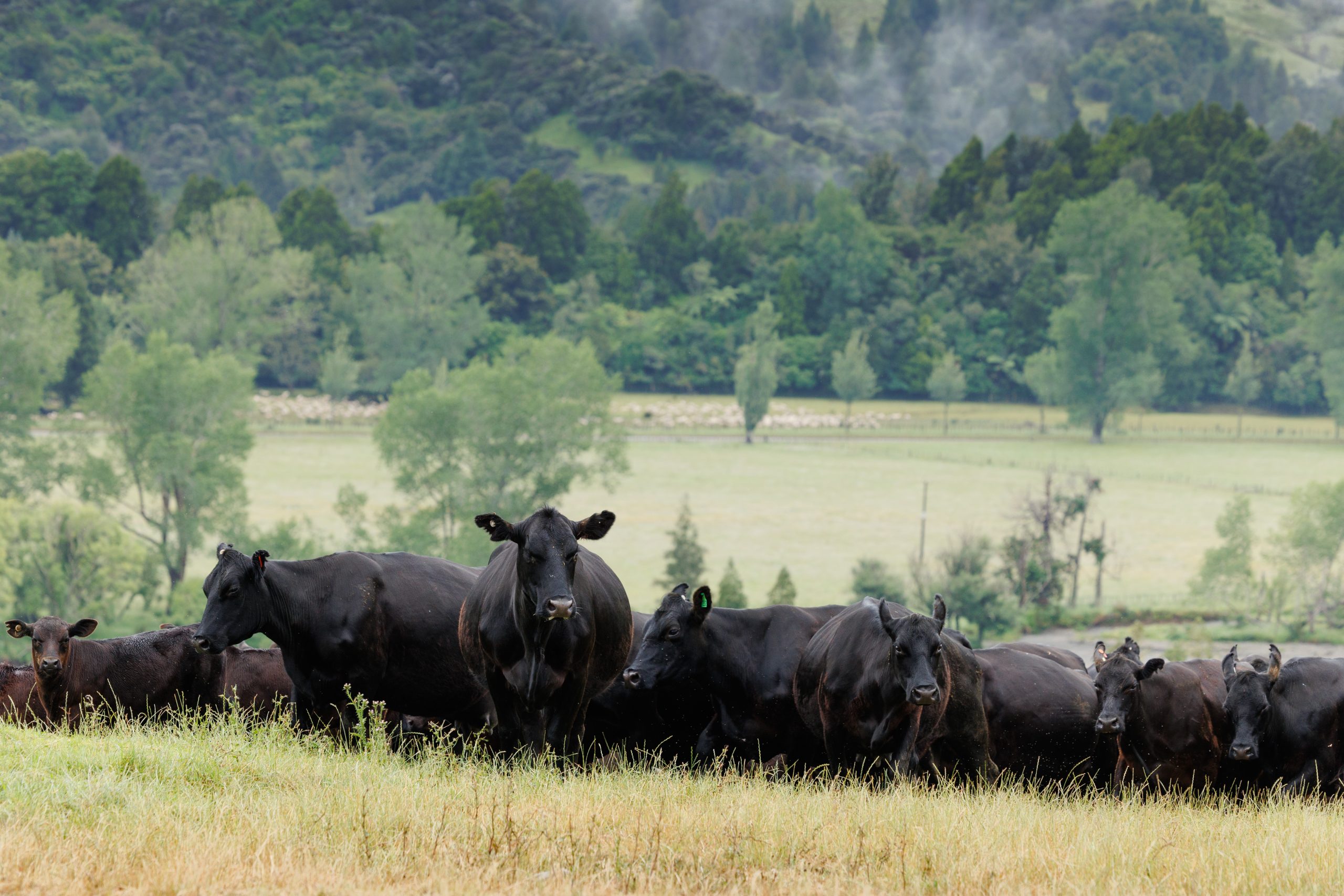Speckle Park ticks all the trait boxes
Faster finishing finds value in lesser-known cuts of meat. Words Speckle Park International.

Neat Meat Founder Simon Eriksen is calling for farmers to adapt to the changing environment by changing beef breeds to a breed that expedites cattle growth.
“The dairy industry is a growing source of beef, particularly as the expansion of hill-country beef herds becomes limited. In the North Island alone, over 180,000 stock units have been replaced by trees, equating to about 20,000 cattle. With a projected 3% decline in the national cattle kill this year we now have approximately 115,000 fewer beef cattle,” says Simon.Simon predicts that beef breeds that cross well with dairy cows will see the most significant growth in years to come, presenting a substantial opportunity for the Speckle Park breed particularly as the dairy sector faces the challenge of managing around two million bobby calves each year.
Speckle Park cattle are noted for their size, temperament, moderate birthweights, rapid finishing, and high marbling percentages. Eriksen believes the breed synthesises the best traits for efficient beef production.
To incentivise quality, Neat Meat offers farmers premiums based on marbling scores, providing additional compensation for higher-quality beef. The company sources cattle primarily from trusted finishing farmers who raise Speckle Park F1 steers and heifers.
Simon emphasises the significance of good genetics, farming practices, and strong supply chain relationships in building a successful meat brand. He sees the evolution of beef branding as a combination of lessons learned over the past two decades, with AngusPure focusing on breed, Taupō Beef emphasising environmental care and SpeckleBeef reflecting a comprehensive approach focusing on quality.
Grading and verification play essential roles in ensuring a quality consumer experience. Eriksen believes that by paying farmers a premium, Neat Meat can deliver quality products backed by a compelling story, from paddock to plate. He envisions a future where consumers have diverse options, similar to selecting wines, with butchers and restaurant staff sharing authentic narratives about their meat offerings.




